I put the Xiaomi 14 Ultra vs iPhone 15 Pro Max through a camera shootout — here’s the winner
How does the iPhone compare to the most ultra of camera phones?
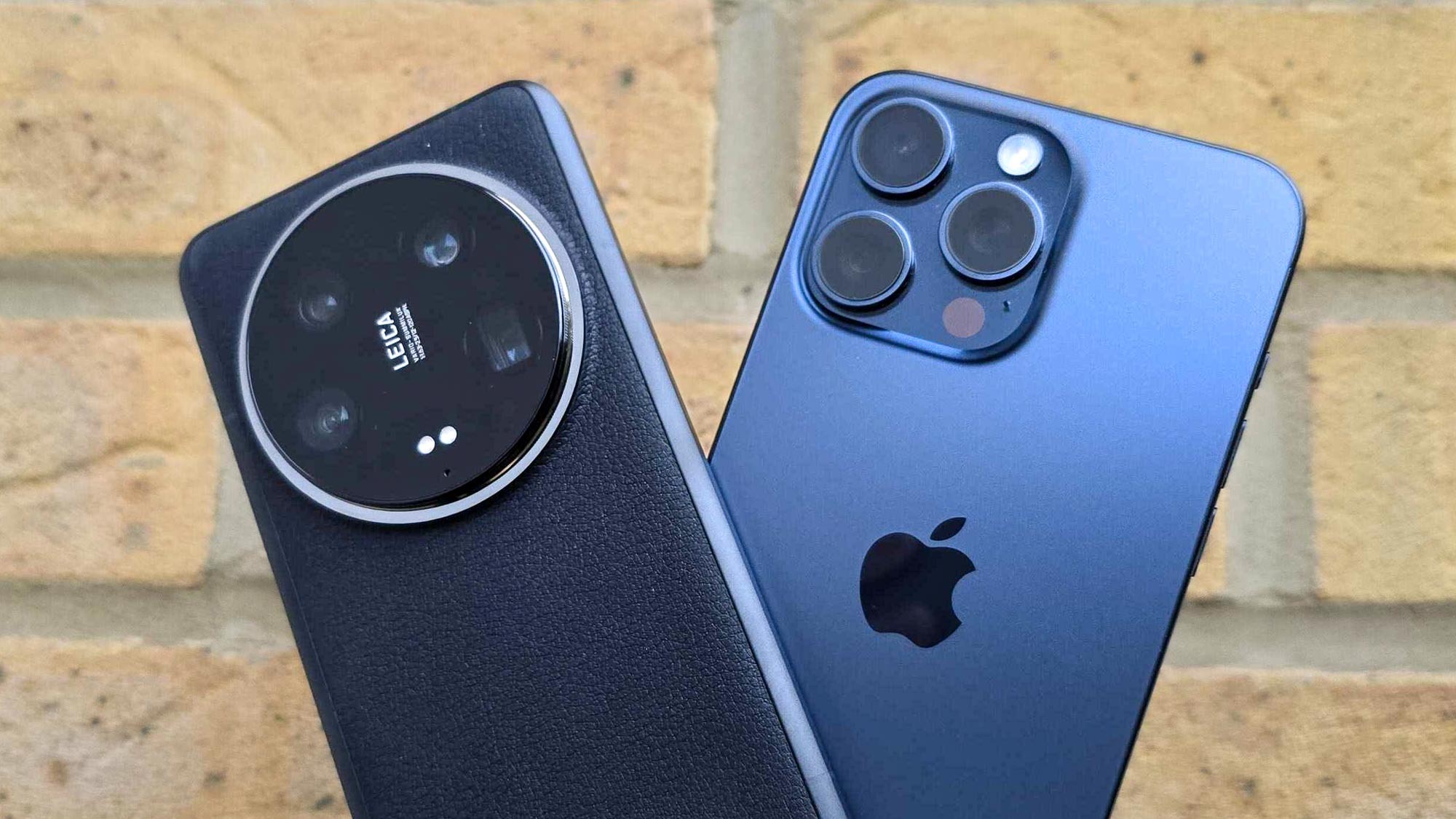
The Xiaomi 14 Ultra is so focused on being a great photography phone, you can also buy an optional accessories kit to make it look and behave more like an actual purpose-built digital camera. But since this is still a £1,300 flagship Android phone, albeit one equipped with a quad rear camera array, it'll still take care of all your phone needs.
Xiaomi's selling the 14 Ultra globally this year, although still not in the U.S. So without the home turf advantage of staying a China-exclusive device, the comparisons against the other best camera phones we've tested are quite relevant. And in particular the phone at the top of our guide - the iPhone 15 Pro Max.
As you'll see below, the Xiaomi 14 Ultra has several impressive on-paper advantages over the iPhone 15 Pro Max, but when you take the two phones out into the real world, things become more complicated. We've got several sample comparisons for you to check out, as well as our opinions on which photos are better, and why, below.
Xiaomi 14 Ultra vs. iPhone 15 Pro Max: Camera Specs
| Row 0 - Cell 0 | Xiaomi 14 Ultra | iPhone 15 Pro Max |
| Main camera | 50MP, variable aperture (f/1.63 - f/4.0) | 48MP (f/1.8) |
| Ultrawide camera | 50MP (f/1.8) | 12MP (f/2.2) |
| 3.2x telephoto | 50MP (f/1.8) | N/a |
| 5x telephoto | 50MP (f/2.5) | 12MP (f/2.8) |
| Selfie | 32MP (f/2.0) | 12MP (f/1.9) |
If you ever forget the resolution of one of the cameras on the Xiaomi 14 Ultra, guessing it's 50MP is a fairly safe bet. The phone features four 50MP cameras, serving as main (also used for intermediate 2x shots), ultrawide, 3.2x and 5x telephoto, with a maximum of 120x zoom on offer. These, plus a 32MP front camera, were developed in association with the team at Leica, as the prominent branding on the big round camera block wants to remind you of.
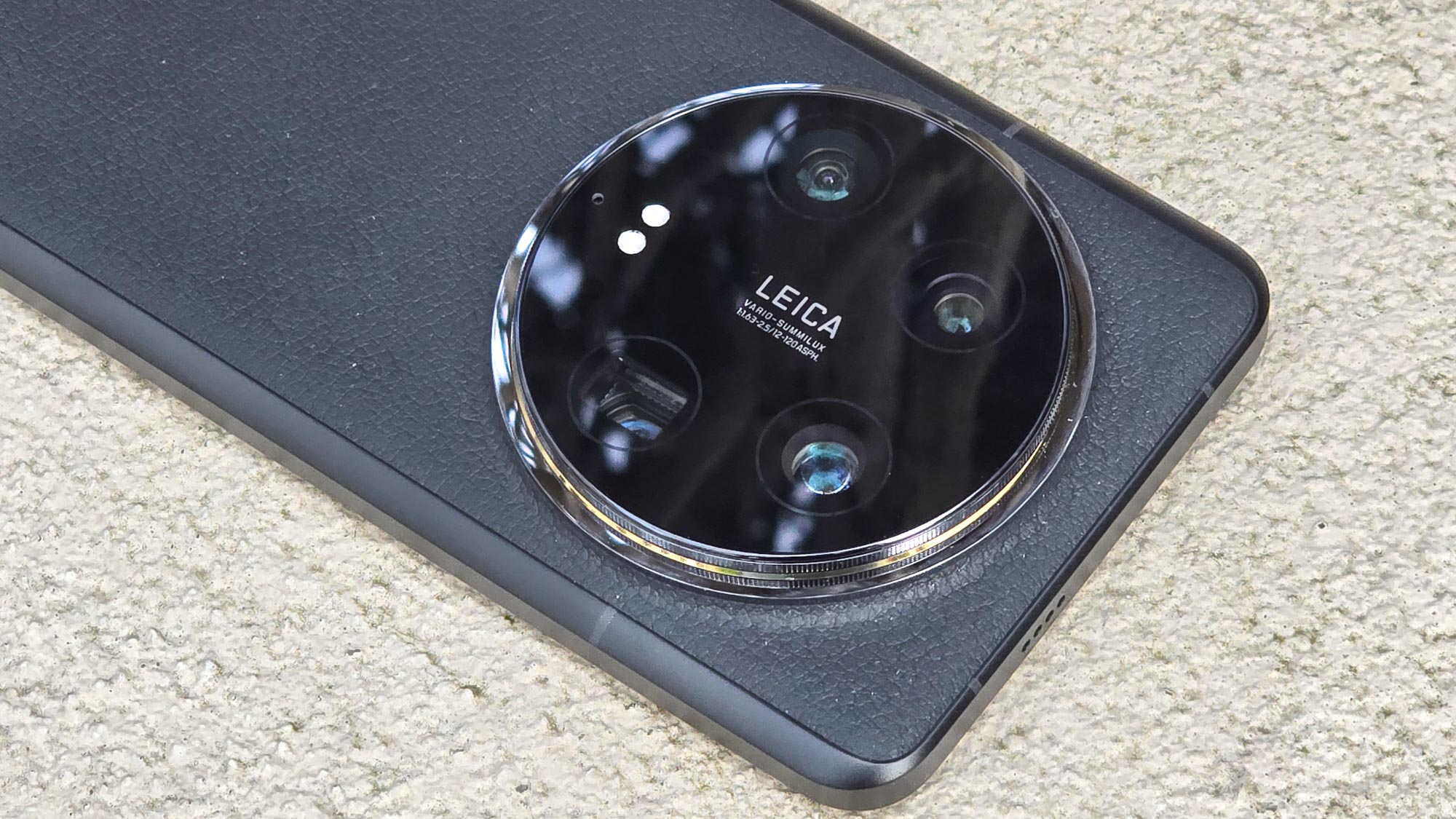
The iPhone 15 Pro Max offers the same maximum optical zoom range, but lacks a second telephoto camera, and maxes out at just 25x zoom. It also lacks resolution in comparison, coming close with its 48MP main camera but lagging behind with its remaining 12MP sensors front and back.
Xiaomi 14 Ultra vs. iPhone 15 Pro Max: Photo samples
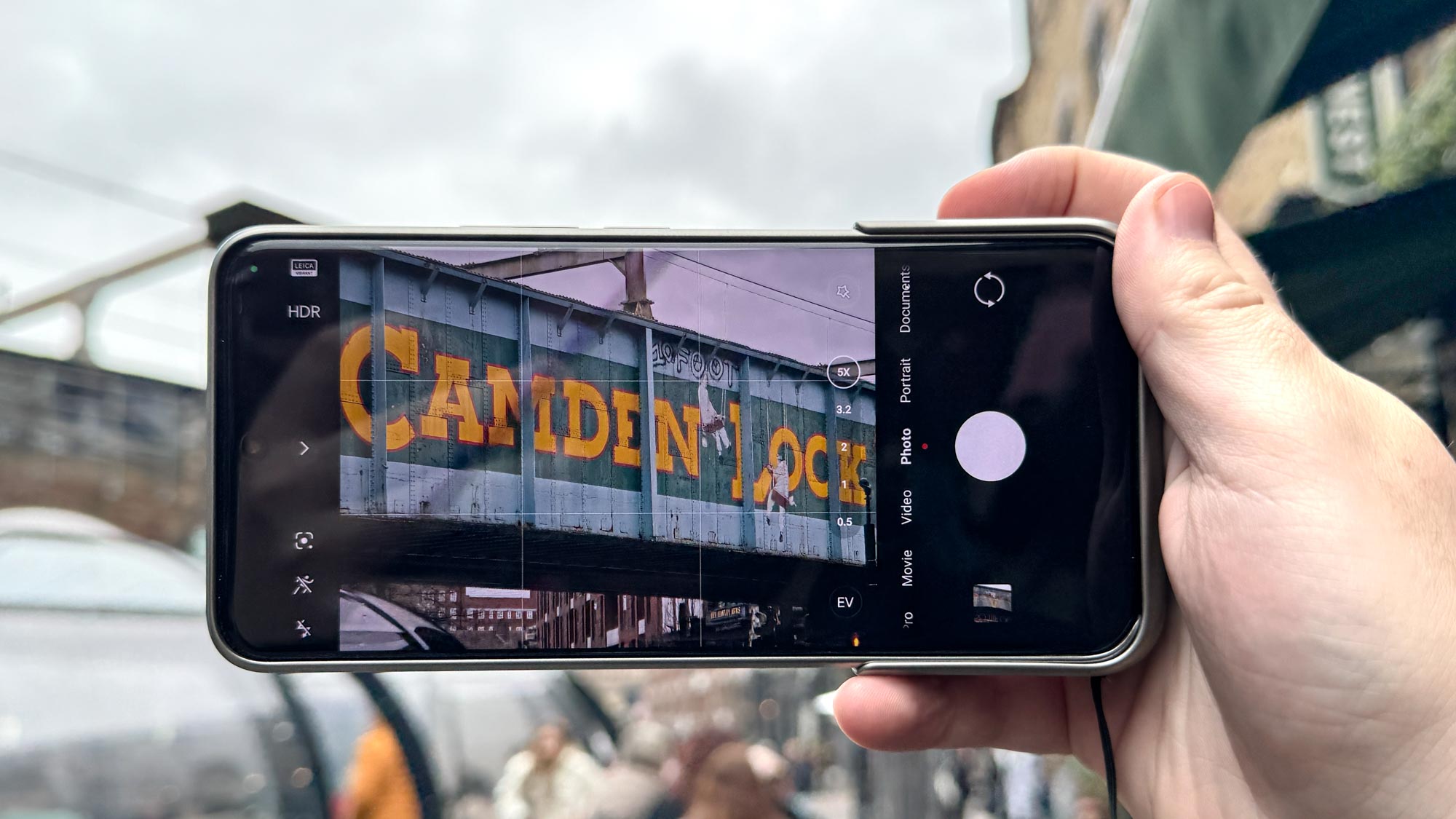
Now let's actually see what the cameras of these two phones can produce. For reference, all of the Xiaomi images were taken using the "Leica Vivid" color profile, one of two options you can switch between while in the camera app (the other being Leica Authentic). Otherwise, I used default settings for both phones.
There's immediately a noticeable difference in the colors of this image of Camden Town Underground station, taken with the two phones' main cameras. The whole scene — but especially the station's trademark oxblood tiles — look richer in the Xiaomi image, and it's a touch sharper too when you look at fine details like the mech around the top of the building.
Sign up to get the BEST of Tom's Guide direct to your inbox.
Get instant access to breaking news, the hottest reviews, great deals and helpful tips.
The iPhone has a bit more color in the sky though, which makes for a more balanced image but if you want to focus on the tube station, the Xiaomi's the better of the two.
Winner: Xiaomi 14 Ultra
A little down the road at Camden Lock, we see the same color difference. However, the iPhone's image is a fair bit brighter, which brings out the detail in dark areas like the walls along the canal. There's also more contrast between the tree and the water in the iPhone's shot.
Winner: iPhone 15 Pro Max
It's the iPhone that's brighter when the sun goes down too, as this snapshot of my backyard at night shows. There's still detail to be found in the Xiaomi photo, but it disappears as you look at the darkest parts of the image on the right hand side of the frame.
Winner: iPhone 15 Pro Max
Moving now to the ultrawide lens, this shot from the middle of Camden Market Buck Street still shows the Xiaomi image as the more vividly colored. This is particularly visible in the clothes on the stalls and the keychains in the souvenir shop. You can also make out more details in the shadowy areas.
Winner: Xiaomi 14 Ultra
Now we return to the main camera for the first of our zoom comparisons - a 2x zoom using the main camera sensor. Back at Camden Lock, this image of the tree overhanging the canal is best shown off in the iPhone's brighter image. The Xiaomi's image is still detailed; it just doesn't pop as much.
Winner: iPhone 15 Pro Max
Moving to 3x, the Xiaomi can use the first of its two telephoto cameras, while the iPhone has to make do with digital zoom. It's obvious with upon close inspection that the Xiaomi shot is much more detailed in the sign. The iPhone offers a more saturated photo but it's not nearly as sharp.
Winner: Xiaomi 14 Ultra
At 5x, where both phones can use dedicated zoom lenses, there's not much difference between them. There seems to be a bit more texture to the Xiaomi's photo though, especially in the bricks.
Winner: Xiaomi 14 Ultra





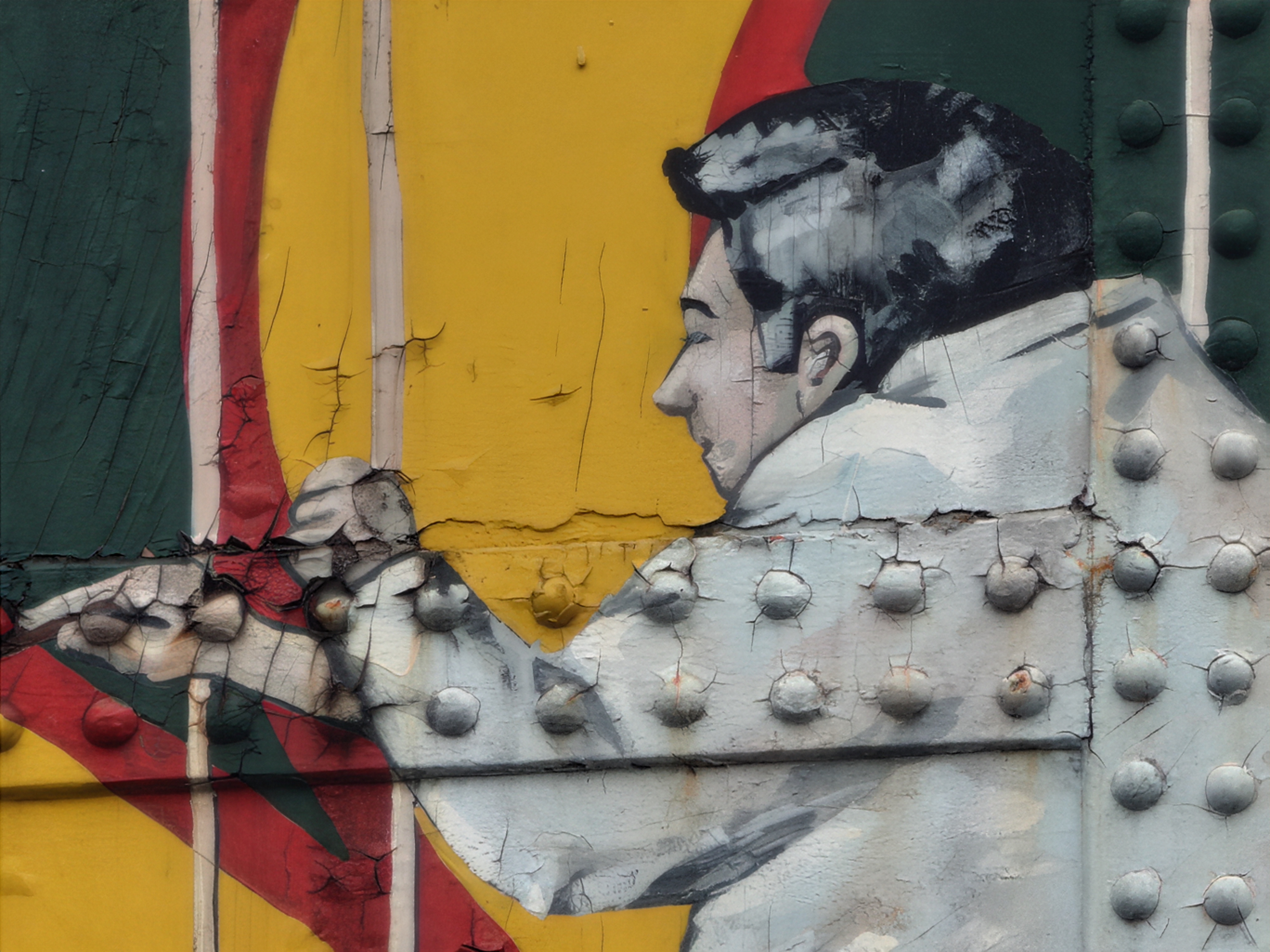
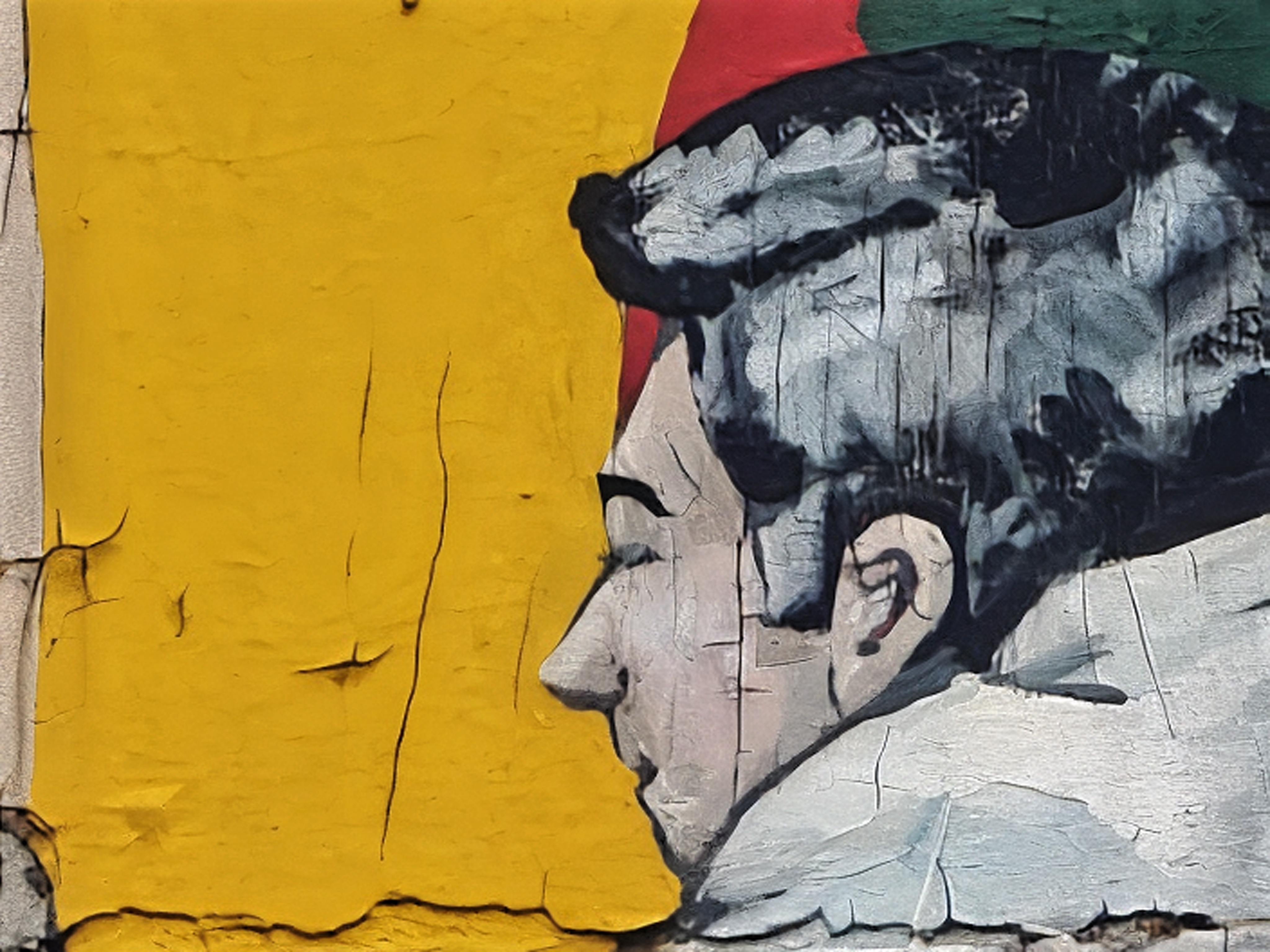
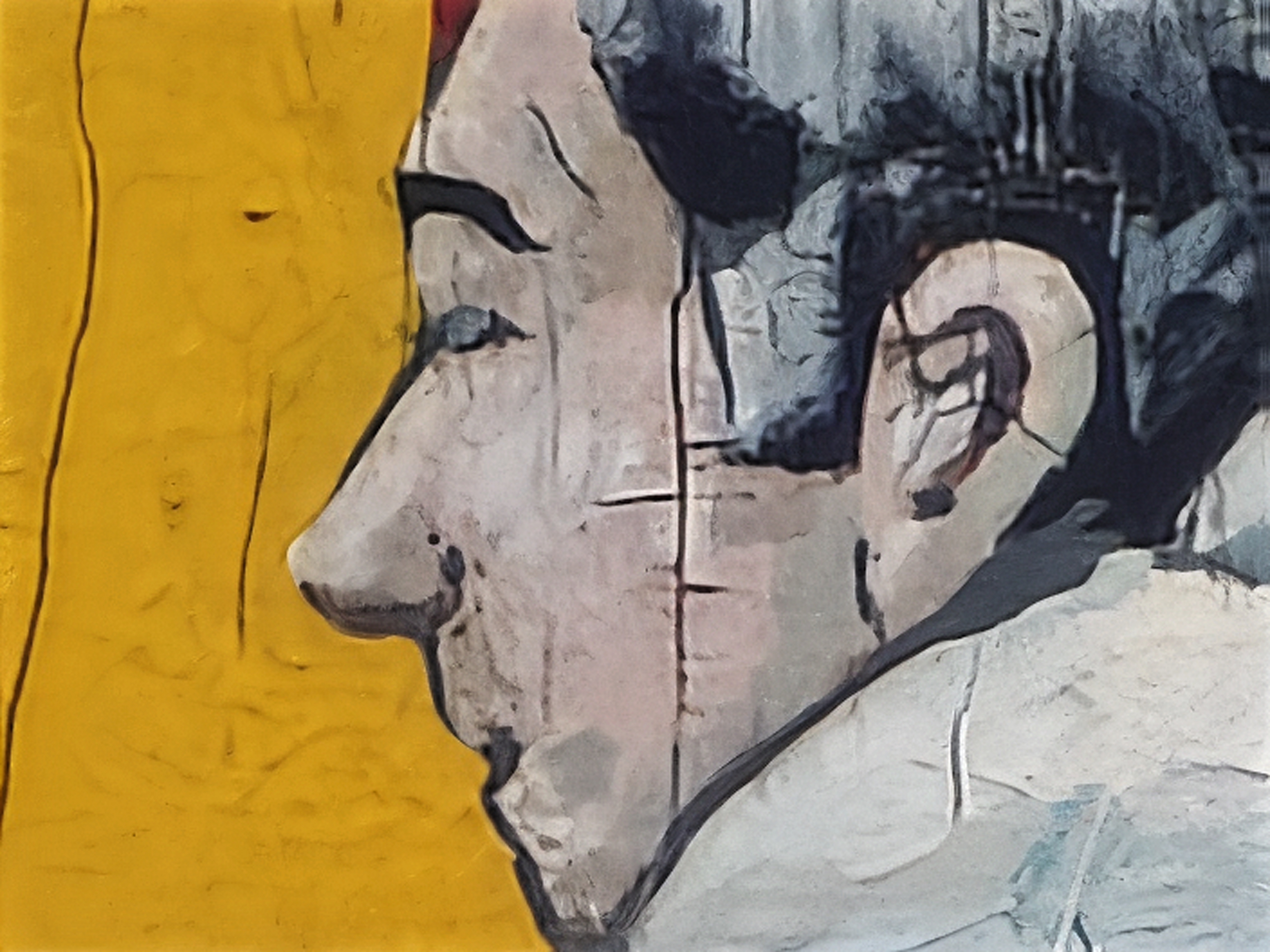
The Xiaomi's party trick is its 120x zoom range, which I demonstrate above with several images of the Camden Lock bridge. I'm astonished at how good everything looks even at the full 120x magnification, although it took several tries and the support of a nearby streetlamp to steady myself enough to get the shot you see here.
We end the comparisons as always with a selfie portrait. The Xiaomi phone's applied some skin-smoothing beautification to my face, which means it's less accurate to my actual appearance but is perhaps a worthwhile feature to keep enabled for your social media posts' sake. Both phones have done an excellent portrait effect, though I enjoy the iPhone's blurrier default bokeh more. And both have missed the mark with my hair. It's too dark in the Xiaomi image, and too light in the iPhone's in this instance.
Winner: Draw
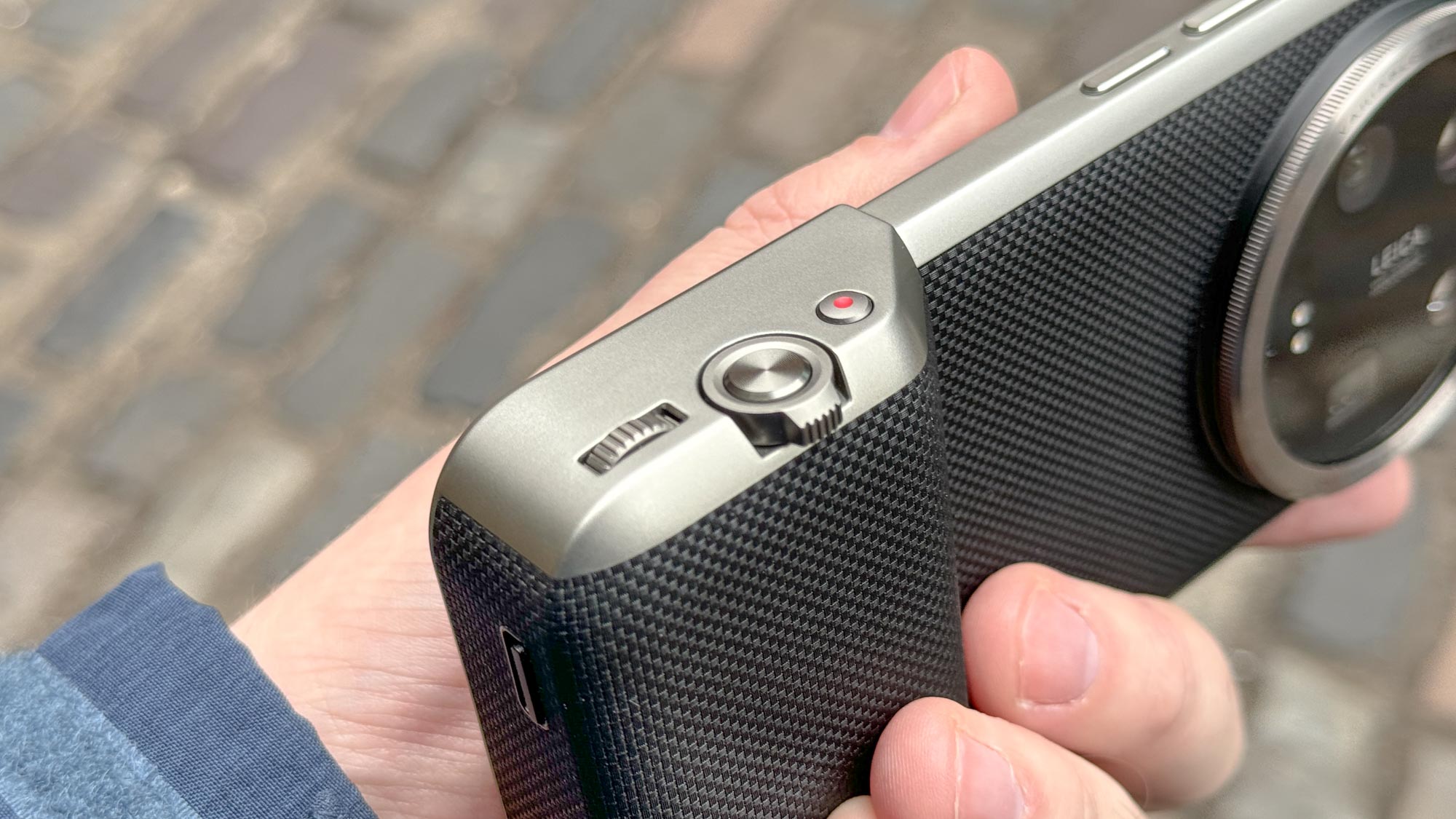
It was for this that I appreciated the camera accessory kit the most, since it makes it easier to keep a stable grip on the phone when trying to zoom in. Zooming in's also made easier by the camera-style sliding switch, as you don't need to adjust the way you hold the phone like you would if you needed to use the on-screen touch controls.
Verdict
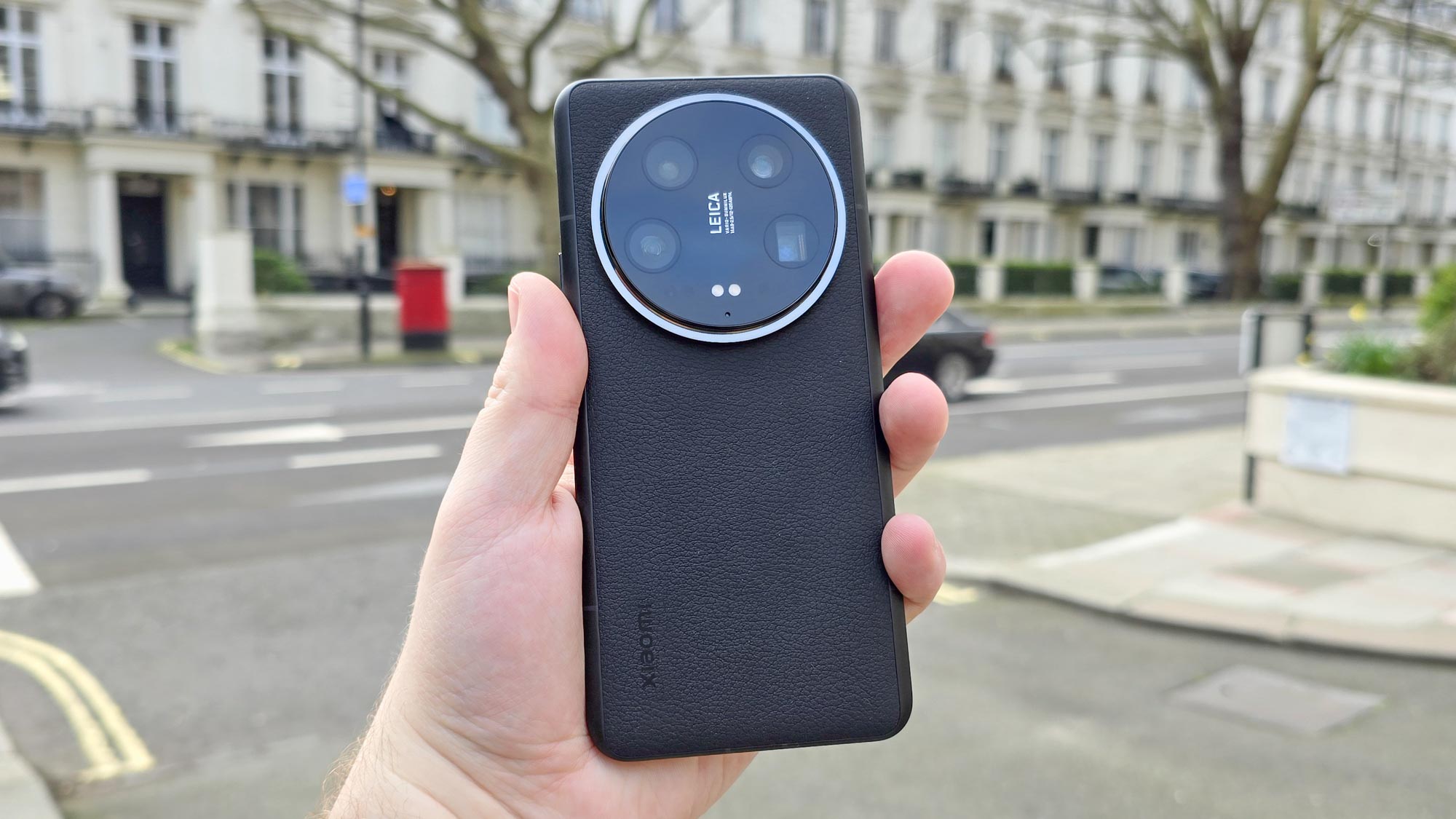
It's safe to say the Xiaomi 14 Ultra is a very capable camera phone, even without diving into advanced features like its fully adjustable main camera aperture or its in-depth Pro controls for photo and video. Its zoom abilities are astonishing, and the color you get from its images makes the iPhone look drab at points. About the only weakness is how it processes the shadows in its images, something the iPhone has no issue with. Nonetheless, the Xiaomi won this face-off after tallying up the wins, winning or drawing five times compared to the iPhone's four.
Despite the Xiaomi's great showing in this review, I think the iPhone 15 Pro Max is still the better camera phone choice for most users. Other than the lack of availability for American buyers being an issue, the Xiaomi's very expensive, even for a flagship phone. And as phone cameras are primarily meant to be used for point-and-shoot purposes (at least to me), the iPhone still deserves its top spot on our best camera phones guide, along with other flagship phones like the Galaxy S24 Ultra or Pixel 8 Pro, which follow the same philosophy.
But if you'd rather your phone cater to a deeper enthusiasm for photography, acting more as a pocketable DSLR, the Xiaomi 14 Ultra may satisfy that need better than anything else on sale right now.
More from Tom's Guide

Richard is based in London, covering news, reviews and how-tos for phones, tablets, gaming, and whatever else people need advice on. Following on from his MA in Magazine Journalism at the University of Sheffield, he's also written for WIRED U.K., The Register and Creative Bloq. When not at work, he's likely thinking about how to brew the perfect cup of specialty coffee.
